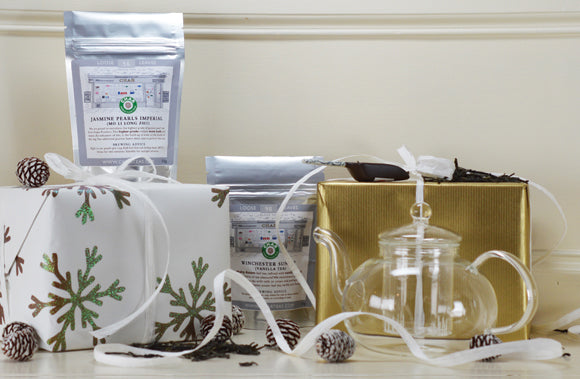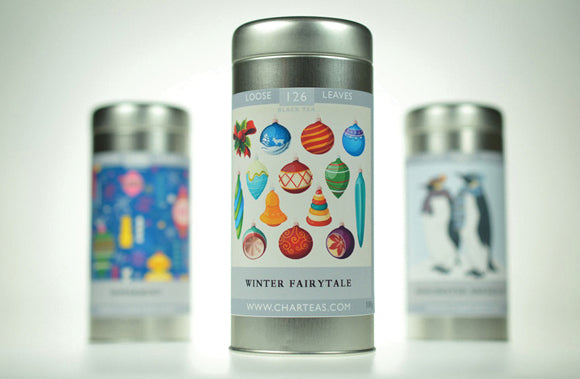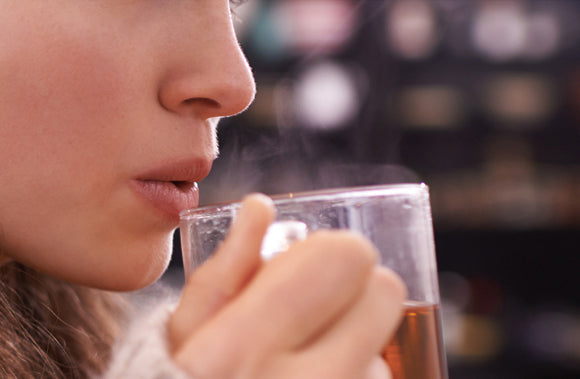
What is Astringency and Why does it Matter?
Have you ever sipped a cup of tea and experienced a drying, puckering sensation on your tongue? That is what we call astringency. Though it can often be confused for bitterness, astringency is a sensation that adds complexity and depth to flavours if employed correctly.
What is Astringency?
Astringency is a mouthfeel more than a taste. It's caused by polyphenols - naturally occurring compounds in tea leaves. Tannins and catechins in particular bind to the proteins in your saliva, creating a drying or puckering sensation.
The Astringency Spectrum
Astringency can vary greatly depending on the type of tea you're sipping. Black teas, for example, are known for their higher levels of tannins, leading to a more pronounced astringency. Historically, this is why we tend to have black tea with milk and/or sugar, to counteract the harshness of this mouthfeel. Green teas, on the other hand, tend to have a milder astringency due to the presence of catechins.
Astringency is not an exclusively negative characteristic, however. In fact, a moderate level of astringency can actually enhance a tea's character, adding structure and balance to a tea's flavour profile. It can also create a pleasant dryness that encourages you to take another sip, prolonging the tea experience.
That said, excessive astringency can be unpleasant, leaving your mouth feeling parched. This often occurs when tea is over-steeped or brewed with water that's too hot, burning the leaves. This is why we at Char have specific brewing instructions listed on the label of every single tea!
Brewing for Balance
So, how can you achieve that perfect balance of astringency in your cup? Here are a few tips:
- Steeping Time is Key: Follow the recommended steeping time for your specific tea. Over-steeping is a surefire way to unleash an astringency monster.
- Water Temperature Matters: Different teas require different water temperatures. Using water that's too hot can extract more tannins and catechins, leading to unwanted astringency.
- Leaf Quality Matters: High-quality tea leaves tend to have a more balanced astringency profile.
Embracing the Astringency Adventure
Astringency is an exciting aspect of tea exploration. By understanding its causes and effects, you can learn to appreciate its role in crafting a truly delightful cup. So, next time you experience that pucker, don't be discouraged! Embrace it as a sign of a complex and flavourful tea waiting to be savoured.
Now that you're armed with this knowledge, steep yourself a cup of your favourite Char tea and embark on your own astringency adventure! Happy sipping!

 Assam
Assam
 Black
Black
 Breakfast
Breakfast
 Caffeine Free
Caffeine Free
 Ceylon
Ceylon
 Cold Brew
Cold Brew
 Darjeeling
Darjeeling
 Decaffeinated
Decaffeinated
 Earl Grey
Earl Grey
 Favourites
Favourites
 Flavoured
Flavoured
 Flowering
Flowering
 Fruit
Fruit
 Green
Green
 Herbal
Herbal
 Jasmine
Jasmine
 Mate
Mate
 Oolong
Oolong
 Organic
Organic
 Pu Erh
Pu Erh
 Rooibos
Rooibos
 Scented
Scented
 Smoked
Smoked
 Sparkling
Sparkling
 White
White
 Winchester
Winchester
 Loose Tea
Loose Tea
 Tea Bags
Tea Bags
 Gift Caddies
Gift Caddies
 Teapots
Teapots
 Accessories
Accessories
 Tea Tins
Tea Tins
 Storage
Storage


